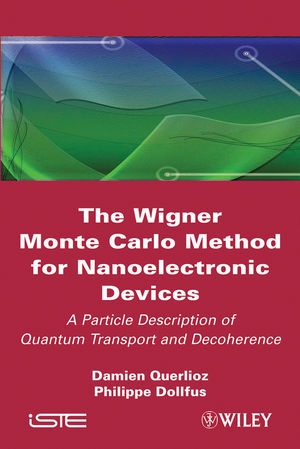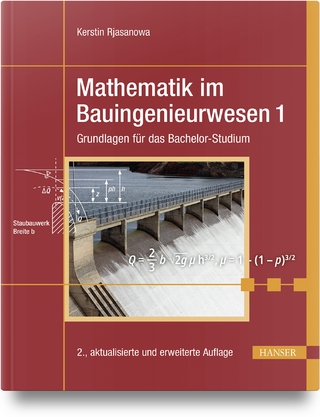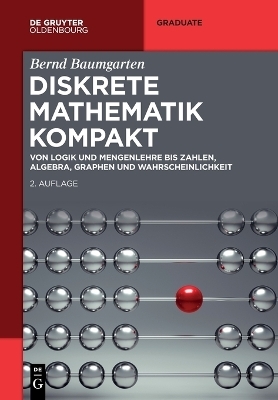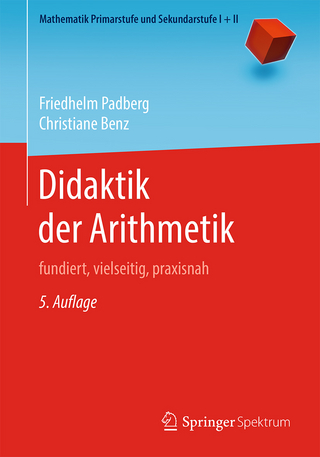
The Wigner Monte Carlo Method for Nanoelectronic Devices
ISTE Ltd and John Wiley & Sons Inc (Verlag)
978-1-84821-150-6 (ISBN)
This book gives an overview of the quantum transport approaches for nanodevices and focuses on the Wigner formalism. It details the implementation of a particle-based Monte Carlo solution of the Wigner transport equation and how the technique is applied to typical devices exhibiting quantum phenomena, such as the resonant tunnelling diode, the ultra-short silicon MOSFET and the carbon nanotube transistor. In the final part, decoherence theory is used to explain the emergence of the semi-classical transport in nanodevices.
Damien Querlioz, University of Paris-Sud, Orsay, France. Philippe Dollfus, University of Paris-Sud, Orsay, France.
Symbols ix
Abbreviations xiii
Introduction xv
Acknowledgements xxi
Chapter 1. Theoretical Framework of Quantum Transport in Semiconductors and Devices 1
1.1. The fundamentals: a brief introduction to phonons, quasi-electrons and envelope functions 2
1.2. The semi-classical approach of transport 11
1.3. The quantum treatment of envelope functions 16
1.4. The two main problems of quantum transport 29
Chapter 2. Particle-based Monte Carlo Approach to Wigner-Boltzmann Device Simulation 57
2.1. The particle Monte Carlo technique to solve the BTE 59
2.2. Extension of the particle Monte Carlo technique to the WBTE: principles 71
2.3. Simple validations via two typical cases 83
2.4. Conclusion 86
Chapter 3. Application of the Wigner Monte Carlo Method to RTD, MOSFET and CNTFET 89
3.1. The resonant tunneling diode (RTD) 90
3.2. The double-gate metal-oxide-semiconductor field-effect transistor (DG-MOSFET) 99
3.3. The carbon nanotube field-effect transistor (CNTFET) 134
3.4. Conclusion 148
Chapter 4. Decoherence and Transition from Quantum to Semi-classical Transport 151
4.1. Simple illustration of the decoherence mechanism 152
4.2. Coherence and decoherence of Gaussian wave packets in GaAs 157
4.3. Coherence and decoherence in RTD: transition between semi-classical and quantum regions 171
4.4. Quantum coherence and decoherence in DG-MOSFET 175
4.5. Conclusion 180
Conclusion 183
Appendix A. Average Value of Operators in the Wigner Formalism 187
Appendix B. Boundaries of the Wigner Potential 189
Appendix C. Hartree Wave Function 191
Appendix D. Asymmetry Between Phonon Absorption and Emission Rates 193
Appendix E. Quantum Brownian Motion 195
Appendix F. Purity in the Wigner formalism 201
Appendix G. Propagation of a Free Wave Packet Subject to Quantum Brownian Motion 203
Appendix H. Coherence Length at Thermal Equilibrium 205
Bibliography 207
Index 241
| Verlagsort | London |
|---|---|
| Sprache | englisch |
| Maße | 163 x 241 mm |
| Gewicht | 540 g |
| Themenwelt | Mathematik / Informatik ► Mathematik |
| Naturwissenschaften ► Chemie | |
| Technik ► Elektrotechnik / Energietechnik | |
| ISBN-10 | 1-84821-150-3 / 1848211503 |
| ISBN-13 | 978-1-84821-150-6 / 9781848211506 |
| Zustand | Neuware |
| Haben Sie eine Frage zum Produkt? |
aus dem Bereich


